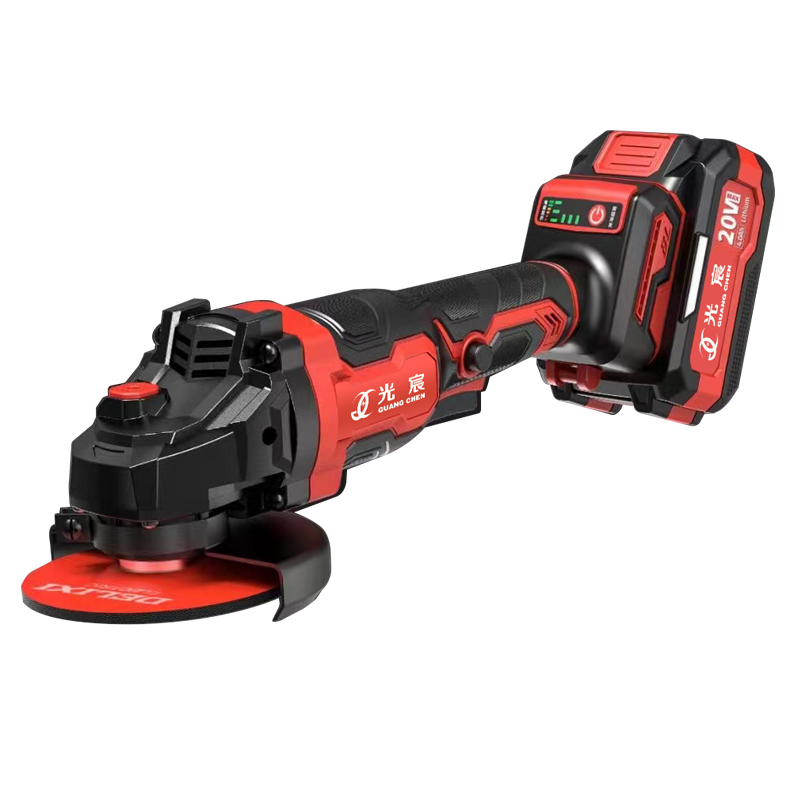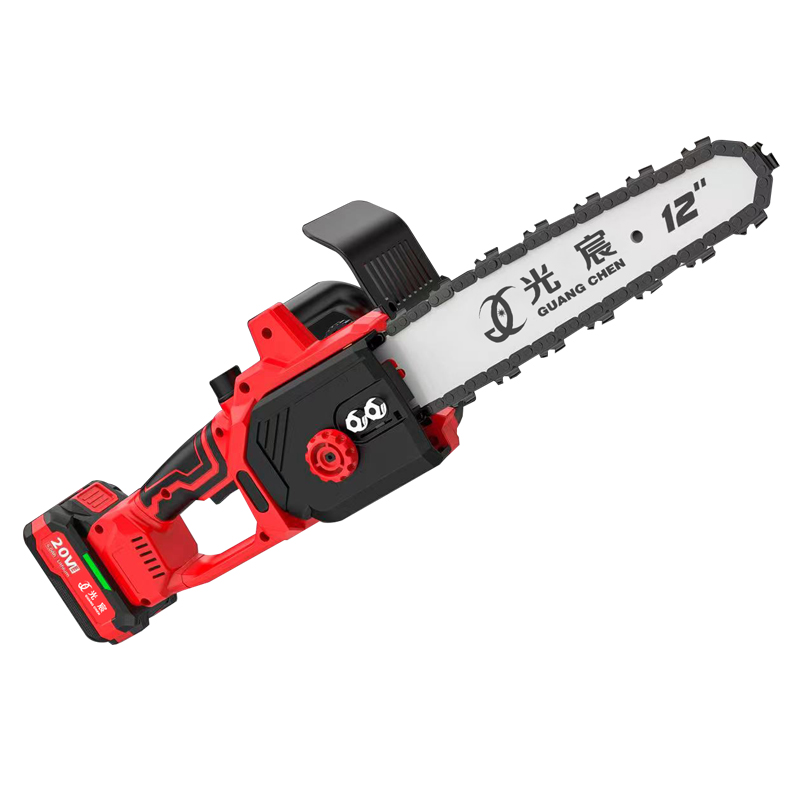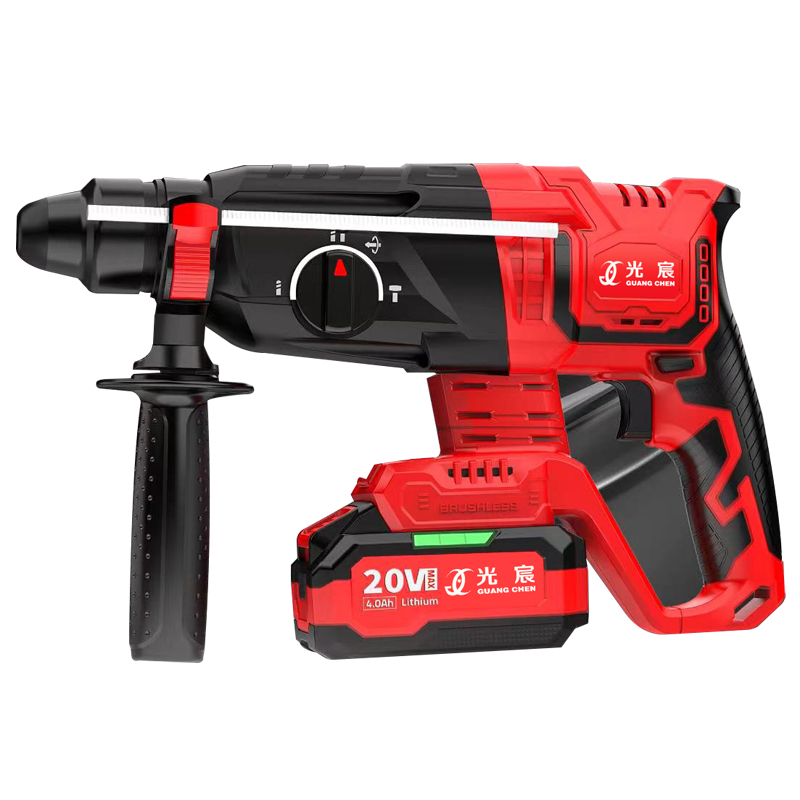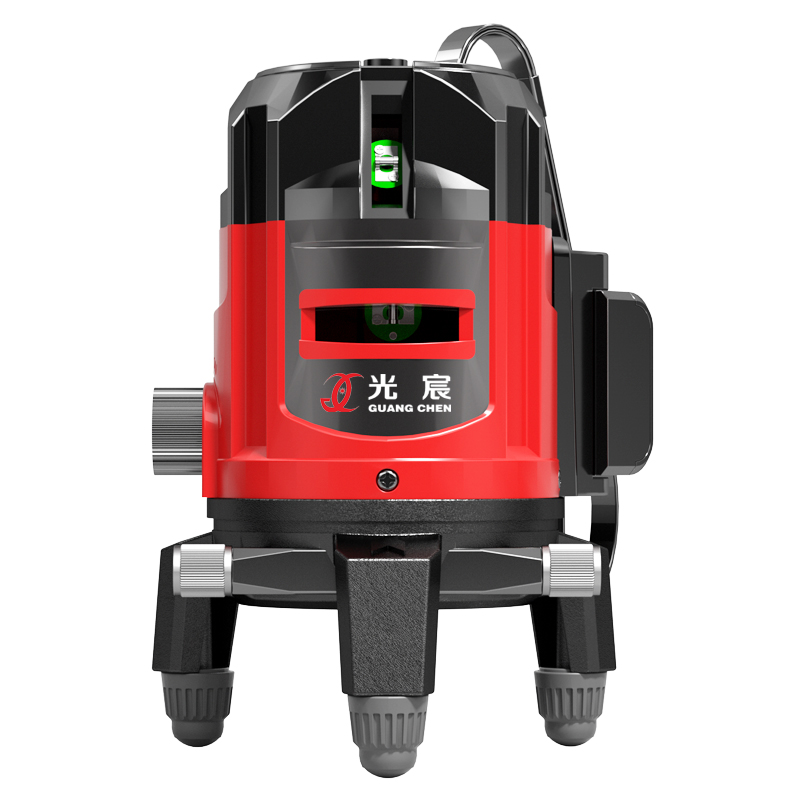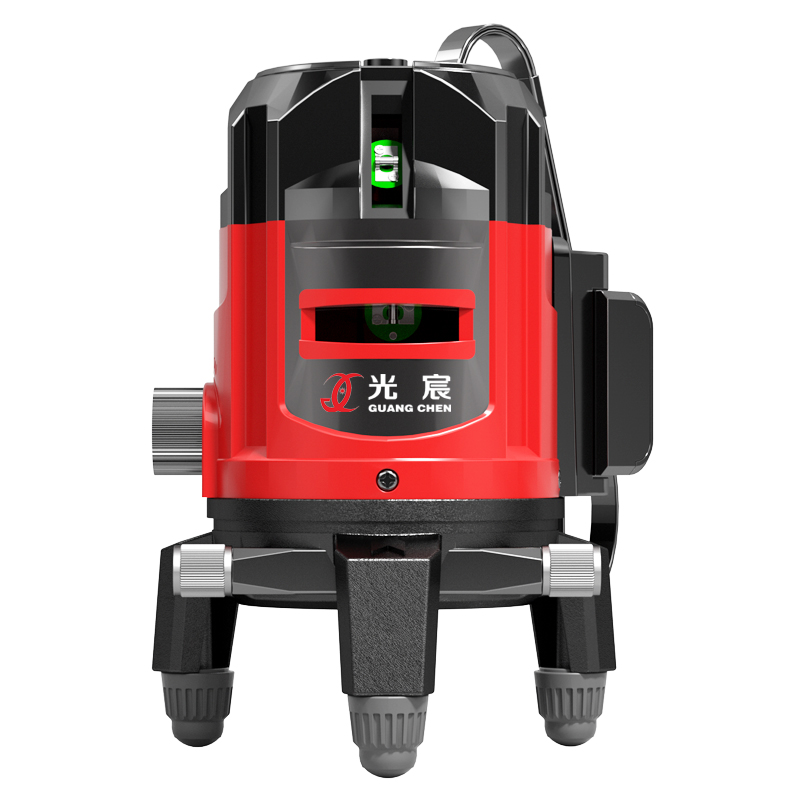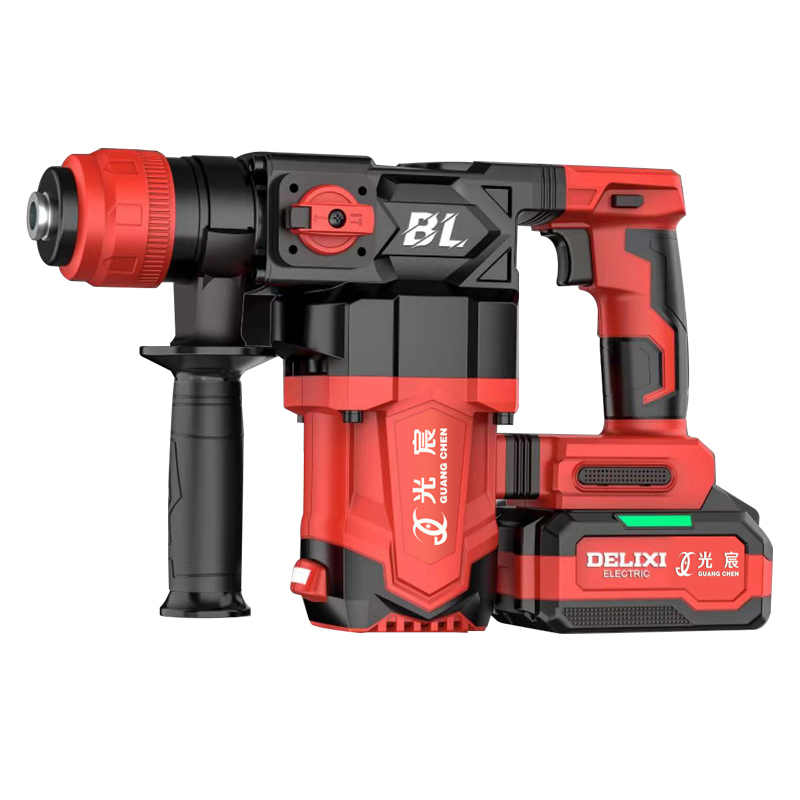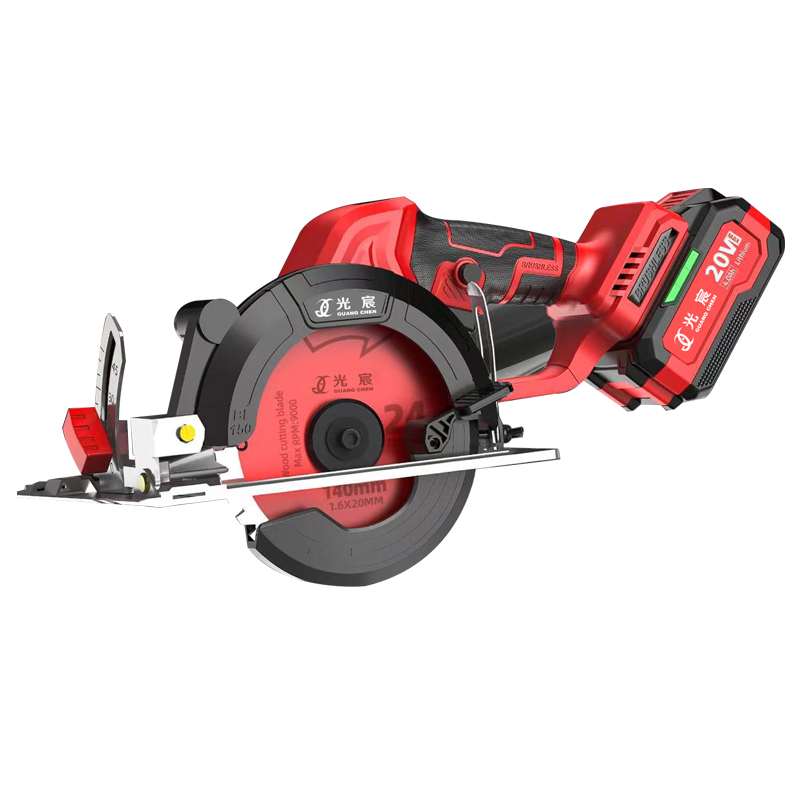Two-Line Laser Level: Principles, Features, and Application Guide
Laser levels have become indispensable tools in modern construction, renovation, and engineering, gradually replacing traditional bubble levels. Among them, the two-line laser level (2-line laser level) is one of the most popular models due to its ease of use and practical functionality. This article provides a comprehensive introduction to the working principles, technical features, usage methods, and application value of two-line laser levels in various scenarios, helping readers gain an in-depth understanding of this precision measurement tool.
Working Principles of Two-Line Laser Levels
The core working principle of a two-line laser level is based on the optical projection of laser diodes and the auto-leveling mechanism of a gravity pendulum system. These devices typically contain two laser diode modules, each responsible for emitting laser beams in horizontal and vertical directions. When the laser beams pass through specially designed prisms or lens systems, the dot-shaped laser is converted into clear lines projected onto the work surface.
The auto-leveling function relies on a precise mechanical suspension system. An internal pendulum always maintains a vertical orientation under gravity. When the device is placed on a surface that is not perfectly level, the pendulum adjusts the position of the laser modules until equilibrium is achieved. Most two-line laser levels have an auto-leveling range of ±3° to ±4°. If the tilt exceeds this range, manual adjustment of the base is required. Advanced models also incorporate magnetic damping technology, allowing the pendulum to stabilize within 4 seconds, significantly improving work efficiency.
Laser wavelength is a critical parameter affecting performance. Modern two-line laser levels often use green lasers with wavelengths of 505–520 nm. Compared to traditional red lasers (630–650 nm), green lasers appear four times brighter to the human eye, making them more visible in bright environments. This is why more professional users prefer green laser models.
Technical Features and Specifications of Two-Line Laser Levels
The technical specifications of a two-line laser level directly influence its performance and suitability for different applications. A standard two-line laser level typically has the following features:
-
Accuracy: High-quality two-line laser levels offer an accuracy of ±1.5 mm at 5 m, meaning the deviation of the laser line does not exceed 1.5 mm over a 5-meter distance. Some industrial-grade models can achieve even higher precision, such as ±0.1 mm/m.
-
Working Range: Standard models have an effective working distance of 20–30 m. When used with a laser detector, some models can extend the detection range to over 40 m. The working range may be affected by ambient light, requiring a dedicated detector in bright outdoor conditions.
-
Power System: Most portable two-line laser levels use 3–4 AA batteries, providing 10–24 hours of operation. Newer models may feature rechargeable lithium batteries and USB charging ports for better cost-efficiency and environmental friendliness.
-
Durability: Professional-grade models often have an IP54 protection rating, making them dustproof and splash-resistant for use in harsh construction environments. The housing is usually made of high-strength ABS plastic, with internal shock absorption to withstand minor drops.
-
Operating Temperature: The standard operating temperature range is typically -10°C to 50°C, suitable for most indoor and outdoor applications. In extreme temperatures, allow the device to acclimate to avoid condensation affecting internal components.
-
Laser Safety Class: Most two-line laser levels on the market are Class 2 laser products, with an output power below 1 mW. Brief accidental exposure is not harmful to the eyes, but direct viewing or observation through optical instruments should be avoided.
How to Use a Two-Line Laser Level
Proper usage is essential for obtaining accurate measurements. Below is a standard operating procedure:
1. Setup and Leveling Place the device securely on a tripod, mount, or flat surface. Observe the built-in bubble level—if the bubble is off-center, adjust the leveling feet at the base by rotating the knobs clockwise or counterclockwise until the bubble is centered. For auto-leveling models, ensure the initial tilt is within the allowable range (usually ±3°), and the device will automatically fine-tune itself.
2. Power On and Mode Selection Insert the batteries and turn the power switch from OFF to ON. The control panel typically has "H" (horizontal) and "V" (vertical) buttons—press them to activate the respective laser lines. Activating both produces a cross-line. Advanced models may include an "Outdoor" mode button to enhance laser brightness for better visibility in sunlight.
3. Fine-Tuning Position To adjust the laser line position, rotate the device body for coarse adjustment or use fine-tuning knobs for precise alignment. Some models feature a 360° magnetic base for easy attachment to metal surfaces.
4. Special Functions Newer two-line laser levels may include advanced features:
- Manual Mode: Lock the auto-leveling mechanism to fix the laser line at a specific angle for creating sloped reference lines.
- Pulse Mode: Designed for use with laser detectors, significantly extending outdoor working range.
- Scan Mode: Slowly sweeps the laser line for easier positioning in open areas.
5. Post-Use Maintenance Turn off the device after use to conserve battery life. For long-term storage, remove the batteries to prevent leakage. Clean the device with a soft, dry cloth—avoid chemical solvents. Store in a protective case to prevent damage to lenses and leveling mechanisms.
Applications of Two-Line Laser Levels
Two-line laser levels are valued for their versatility and ease of use in various fields:
Home Renovation & DIY Projects
- Aligning frames, cabinets, and shelves on walls
- Establishing reference lines for flooring and tiling
- Checking vertical alignment for door/window installation
- Arranging appliances and furniture
Construction Industry
- Horizontal and vertical references for bricklaying
- Ceiling and drop ceiling installation
- Positioning pipes and electrical conduits
- Formwork leveling before concrete pouring
Interior Decoration
- Aligning wallpaper and decorative panels
- Positioning feature walls and TV mounts
- Installing stair railings and banisters
- Arranging bathroom fixtures and kitchen systems
Other Professional Uses
- Installing billboards and display racks
- Aligning supermarket shelves
- Positioning stage lighting and audio equipment
- Leveling machinery during installation
Compared to five-line or rotary laser levels, two-line models are more compact and cost-effective, making them ideal for small to medium projects. Their cross-line function provides both horizontal and vertical references, meeting most basic construction needs. For large-scale projects requiring multi-angle reference lines, upgrading to three-line or five-line models may be preferable.
Factors to Consider When Choosing a Two-Line Laser Level
Selecting the right two-line laser level requires evaluating several practical factors:
Accuracy Requirements For DIY home use, an economical model with ±3 mm/10 m accuracy may suffice. Professional construction work demands industrial-grade models with ±1.5 mm/5 m or better precision—higher accuracy typically comes at a higher cost.
Laser Color Green lasers (505–520 nm) are more visible in most environments, especially indoors, but are more expensive and consume more power. Red lasers (630–650 nm) are budget-friendly for cost-conscious users.
Usage Environment Outdoor applications require models with pulse mode and compatibility with detectors, offering a working range of at least 40 m. For indoor use, prioritize laser brightness and line thickness—2.5 mm/5 m line width is usually sufficient.
Power Source Traditional AA battery models are easy to replace but incur long-term costs. Lithium battery models are eco-friendly and economical but may need dedicated chargers. Some premium models support USB charging for greater flexibility.
Additional Features Consider whether you need: manual slope mode, magnetic base, rotating mount, or remote control. These features enhance convenience but add complexity and cost.
Durability Professional users should opt for IP54 or higher-rated models for dust and water resistance. Housing material and internal shock absorption also affect drop resistance, crucial for construction sites.

 English
English русский
русский Español
Español عربى
عربى
